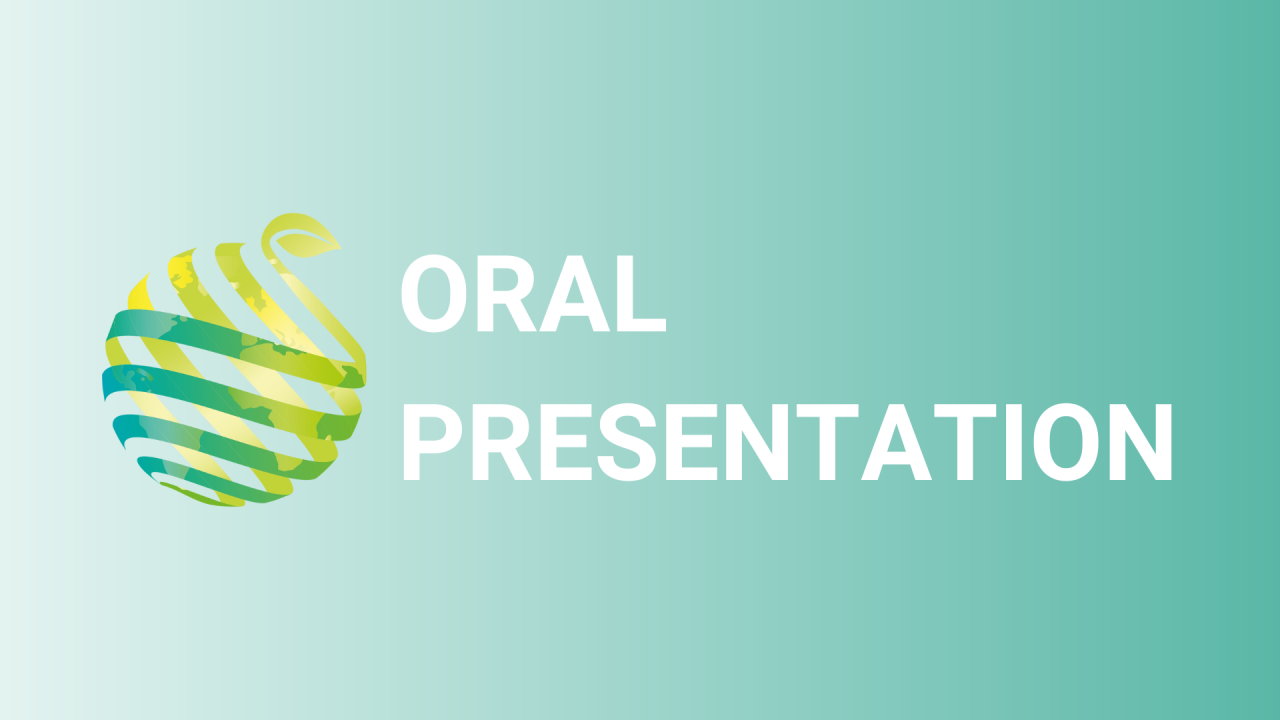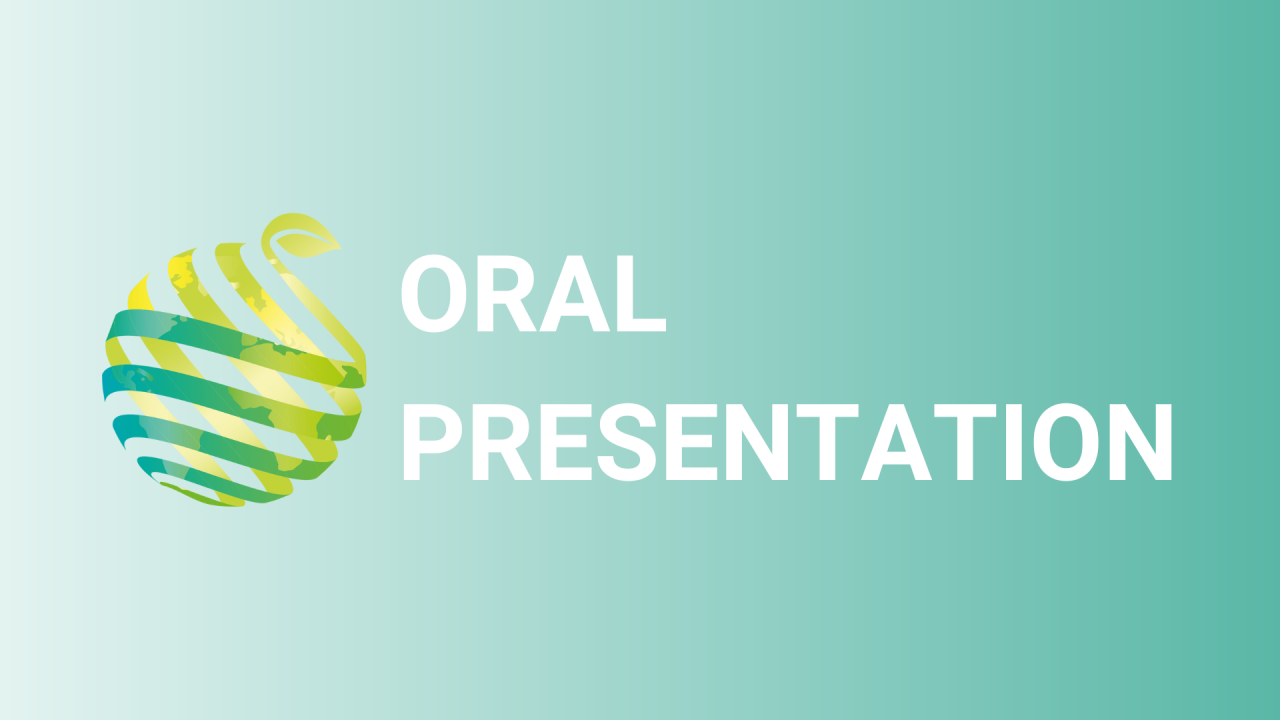

S21 - Session O2 - Soil fatigue in Israel: first steps in identifying causal agents and developing a mitigating cultivation protocol
Information
Authors: Navot Galpaz *, Gal Or, Idan Elingold, Avi Tsarfati, Gilad Hadar
Soil fatigue due to rapid deterioration of soil fertility results in banana (cv. Grand Nain) yield declines and subsequent severe losses for Israeli producers. For example, in one of the leading farms (in Israel), a 33% decline in yield level was recorded 6 years after planting. As a result, 10 to 12 years after planting, plots have to be uprooted, and soil fertility has to be restored through 3 to 5 years of crop rotation with low-value crops. The causative agent(s) of soil fatigue in Israel is poorly understood. The inhibitory effect of soil fatigue on banana growth was quantified in a pot system. Growth rate in a soil collected from a 5-year-old banana plantation disinfected with 'metam sodium' was 5.2-fold higher than in non-disinfected soil, suggesting banana rootnmicrobe interactions as the causal mechanism. To identify bacterial and fungal species that are correlated to banana soil fatigue, fertility of healthy soil was degraded in a 4-year container experiment, and soils with eight levels of 'fatigue' were generated. Roots and soil were sampled from each soil type, and were subjected to microbiome analysis. To resolve the losses incurred by Israeli farmers, a novel, chemical-free cultivation protocol, designated 'short-term double row', was developed and tested for the elimination of soil fatigue, to secure stable and high yields for a longer cultivation period. According to this protocol, plants are planted in double-spaced double rows. Odd double rows are planted, whereas even double rows are free of banana, hence avoiding the development of soil fatigue. A rotation, every one, two or three crop cycles, between the odd and even double rows was tested. Horticultural parameters were compared to the control treatment: a conventional single-row system. After two crop cycles, the major findings were: 1. yield level were similar in the 'short-term double row' and control treatments; 2. significantly earlier flowering and harvest times in the 'short-term double row' treatment compared to the control treatment, presumably due to the higher radiation levels, suggesting a potential shortening of crop cycles. The experiment will be run for at least 10 years. We expect a reduction in yield levels from the third crop cycle onward in the control treatment vs. high and stable yields throughout that period in the 'short-term double row' treatment.